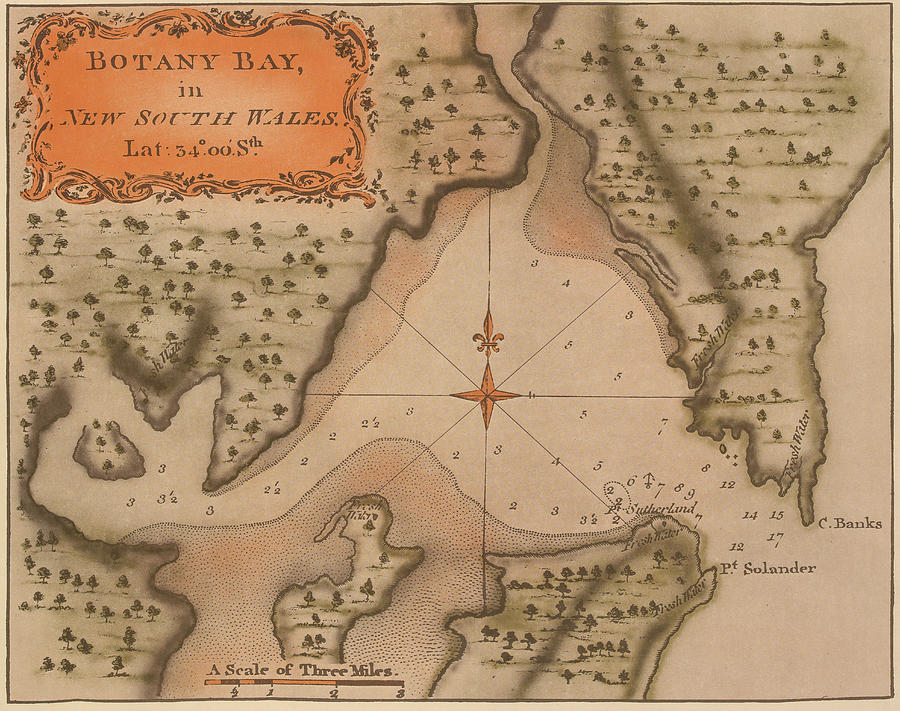
Sydney Botany Bay 1770 Cook Photograph by Captain Cook Pixels
Our understanding of the events that unfolded on the afternoon of April 29, 1770 come mostly from the journals of Captain Cook and his crew — these Indigenous leaders believe something else.
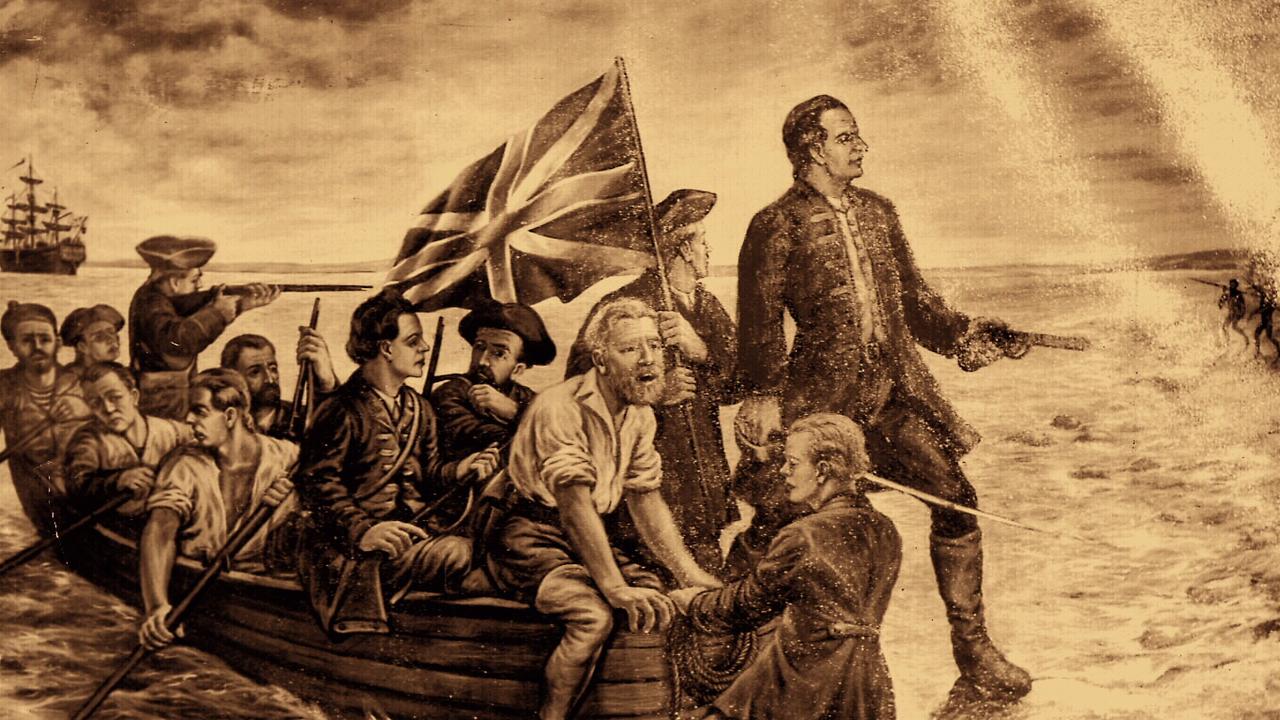
Captain Cook documentary Looky Looky Here Comes Cooky urges rethink of colonial legacy The
Captain Cook Holiday Village 1770, Seventeen Seventy. Sans frais de réservation.
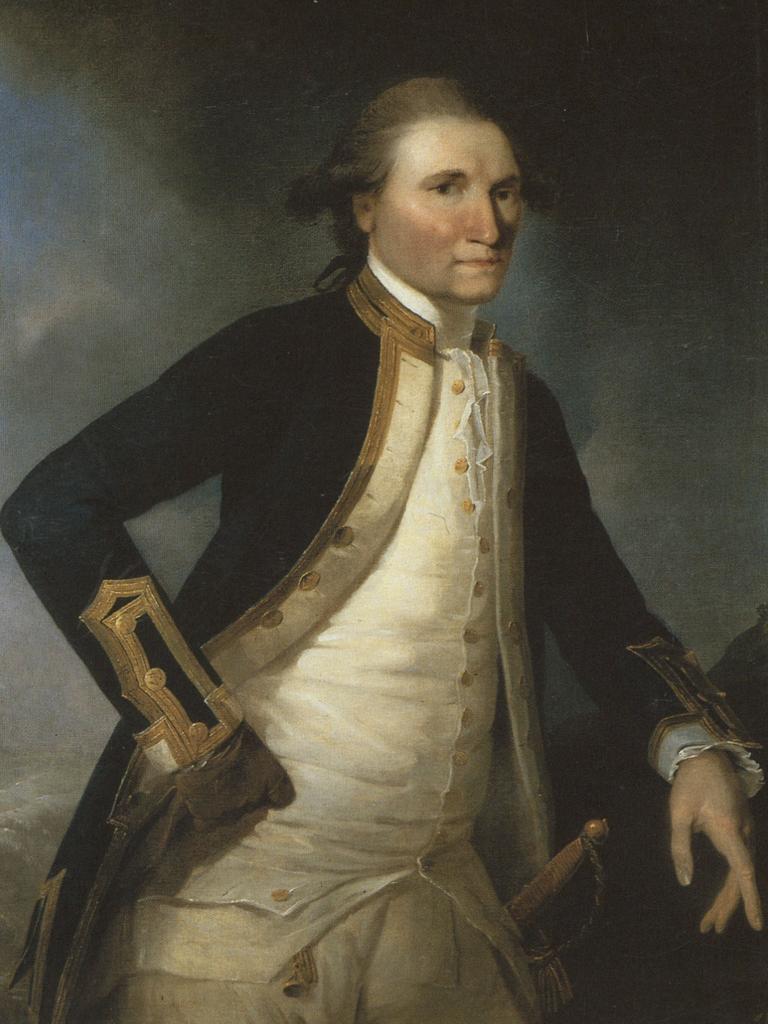
Captain James Cook’s arrival in Australia commemorated in Encounter 2020 The Advertiser
Lieutenant James Cook, captain of HMB Endeavour, claimed the eastern portion of the Australian continent for the British Crown in 1770, naming it New South Wales.. In his journal, he wrote: 'so far as we know [it] doth not produce any one thing that can become an Article in trade to invite Europeans to fix a settlement upon it'.

First Fleet’s terrifying introduction to Australian climate Queensland Times
Captain Cook's legacy in Australia is often the subject of controversial debate On 29 April 1770, explorer James Cook arrived in Australia. He would later claim the region for the British crown.

19th April 1770 British explorer Captain James Cook first sights Australia from HMS Endeavour
The route of Cook's first voyage. The first voyage of James Cook was a combined Royal Navy and Royal Society expedition to the south Pacific Ocean aboard HMS Endeavour, from 1768 to 1771.It was the first of three Pacific voyages of which James Cook was the commander. The aims of this first expedition were to observe the 1769 transit of Venus across the Sun (3-4 June that year), and to seek.

Cook and the Pacific National Library of Australia The Culture Concept Circle
Cook's Landing Place is a heritage-listed site at Seventeen Seventy, Gladstone Region, Queensland, Australia. It is named after British explorer Lieutenant James Cook who landed there on 24 May 1770. It was added to the Queensland Heritage Register on 27 March 1996.
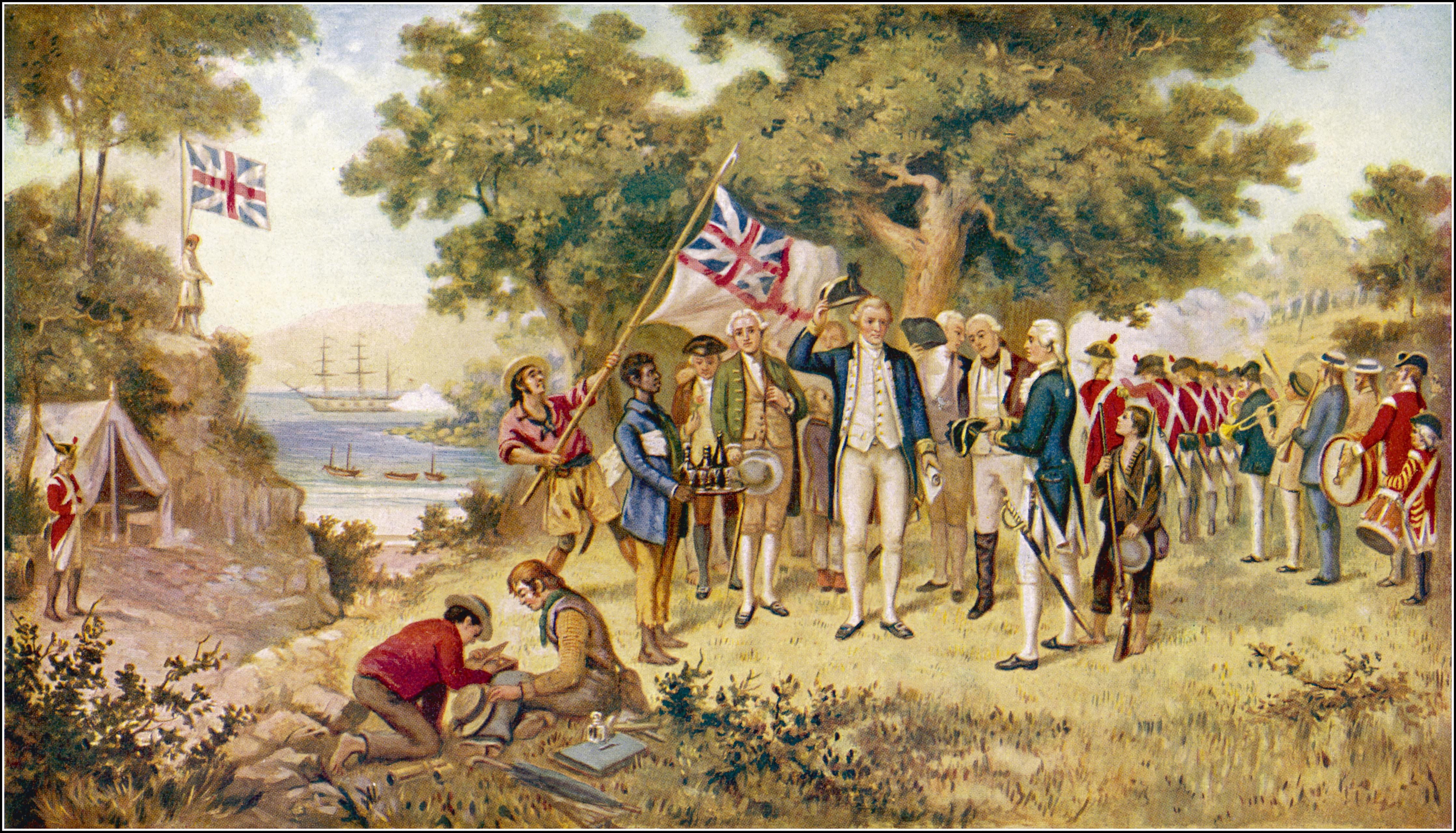
James Cook landet in Australien, 1770 Politik für Kinder, einfach erklärt HanisauLand.de
Henry Roberts, A General Chart Exhibiting the Discoveries Made by Captain James Cook in This and His Two Preceding Voyages, with the Tracks of the Ships under His Command, 1780s, nla.cat-vn1785992 The Library holds a number of objects that allegedly belonged to Cook, such as a walking stick, a clothes brush and a fork. A more substantial artefact is a mahogany and rosewood fall-front desk that.
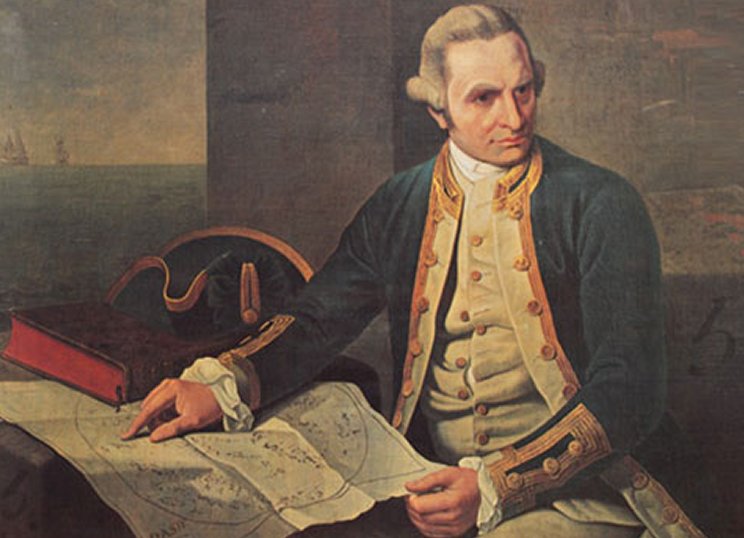
On This Day In History Captain James Cook Spotted The East Coast Of Australia On Apr 19, 1770
James Cook was a British naval captain, navigator, and explorer who sailed the seaways and coasts of Canada and conducted three expeditions to the Pacific Ocean (1768-71, 1772-75, and 1776-79), ranging from the Antarctic ice fields to the Bering Strait and from the coasts of North America to Australia and New Zealand.
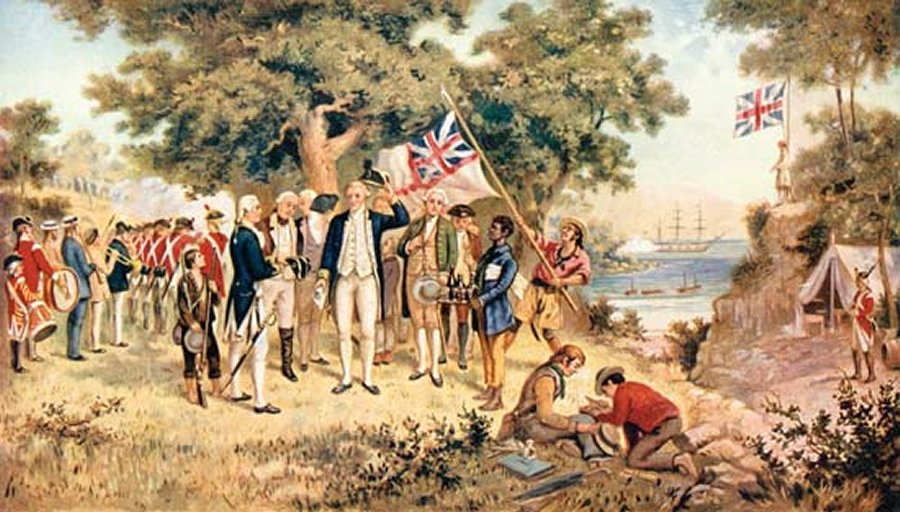
On This Day In History James Cook Navigator And Explorer Killed On Feb 14, 1779 Ancient Pages
A lithograph depicting Indigenous Australians and the arrival of Cook and his crew, titled "Captain Cook's Landing at Botany, AD 1770". Credit: National Library of Australia These are, no doubt.
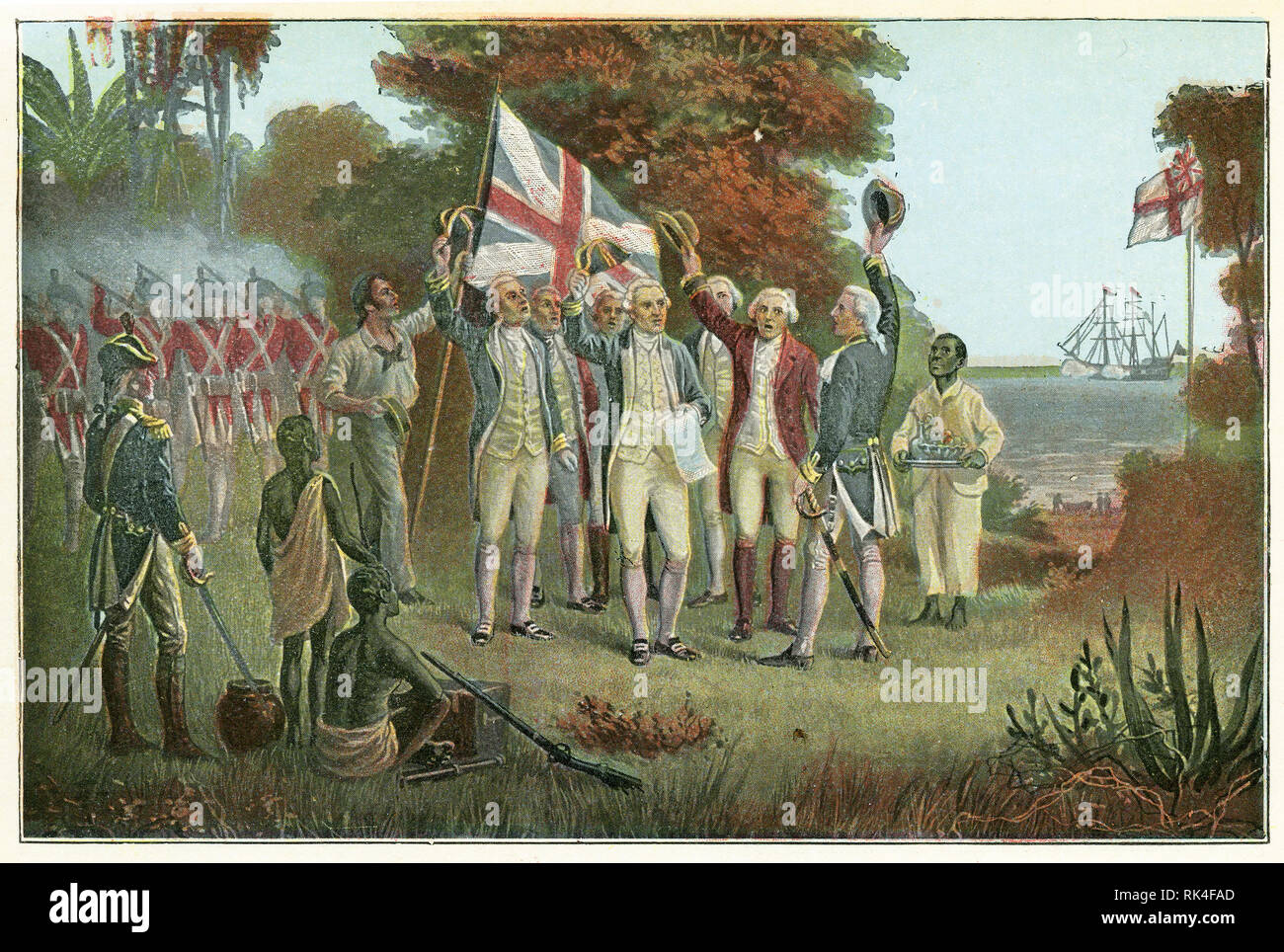
Coloured halftone of Captain James Cook taking possession of Australia for King III in
James Cook was a naval captain, navigator and explorer who, in 1770, charted New Zealand and the Great Barrier Reef of Australia on his ship HMB Endeavour. He later disproved the existence of.

Captain James Cook, (1728 14 February 1779) British explorer, arriving at Botany Bay
Captain James Cook FRS (7 November [O.S. 27 October] 1728 - 14 February 1779) was a British explorer, cartographer and naval officer famous for his three voyages between 1768 and 1779 in the Pacific Ocean and to New Zealand and Australia in particular. He made detailed maps of Newfoundland prior to making three voyages to the Pacific, during which he achieved the first recorded European.
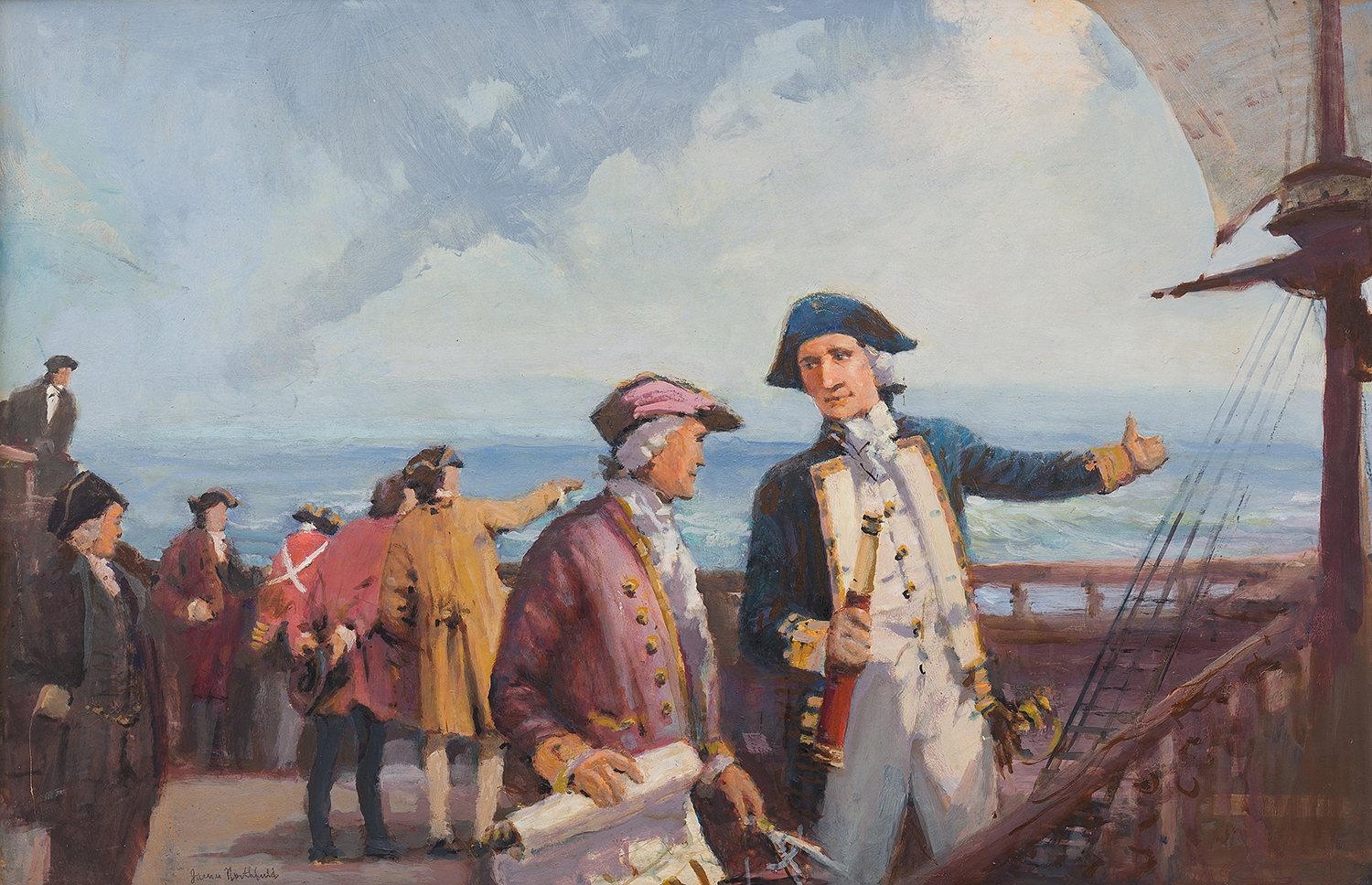
James Northfield Captain James Cook 1770 Discovered Australia, the Endeavour Sailing up the
With the 250th anniversary of Captain James Cook's voyage to Australia, it is time to brush up on the history of our nation's most famous naval explorer.. 1770. "Cook is an extremely skilled.

Captain Cook’s voyages of discovery State Library of NSW
In early 1772, Joseph Banks commissioned from John Bayly, engraver to the British Museum, an engraving of a 1770 chart that traced Captain James Cook's survey of the coastline of eastern Australia and of New Zealand.

Landing of Captain Cook at Botany Bay, 1770 by Emanuel Phillips Fox. The event of Captain Cook
2020 marks the two-hundred-and-fifty-year anniversary of James Cook's epic voyage along the east coast of Australia in 1770. The Australian nation will be torn between Anglo celebrations and Aboriginal mourning over James Cook's so-called discovery of Australia.. Maynard, J (2014) 'Captain cook came very cheeky you know' - James.

Servant and Steward On the death of Captain Cook
Cook reached the southern coast of New South Wales in 1770 and sailed north, charting Australia's eastern coastline and claiming the land for Great Britain on 22nd August 1770. Cook's third and final voyage (1776-1779) of discovery was an attempt to locate a North-West Passage, an ice-free sea route which linked the Atlantic to the Pacific.
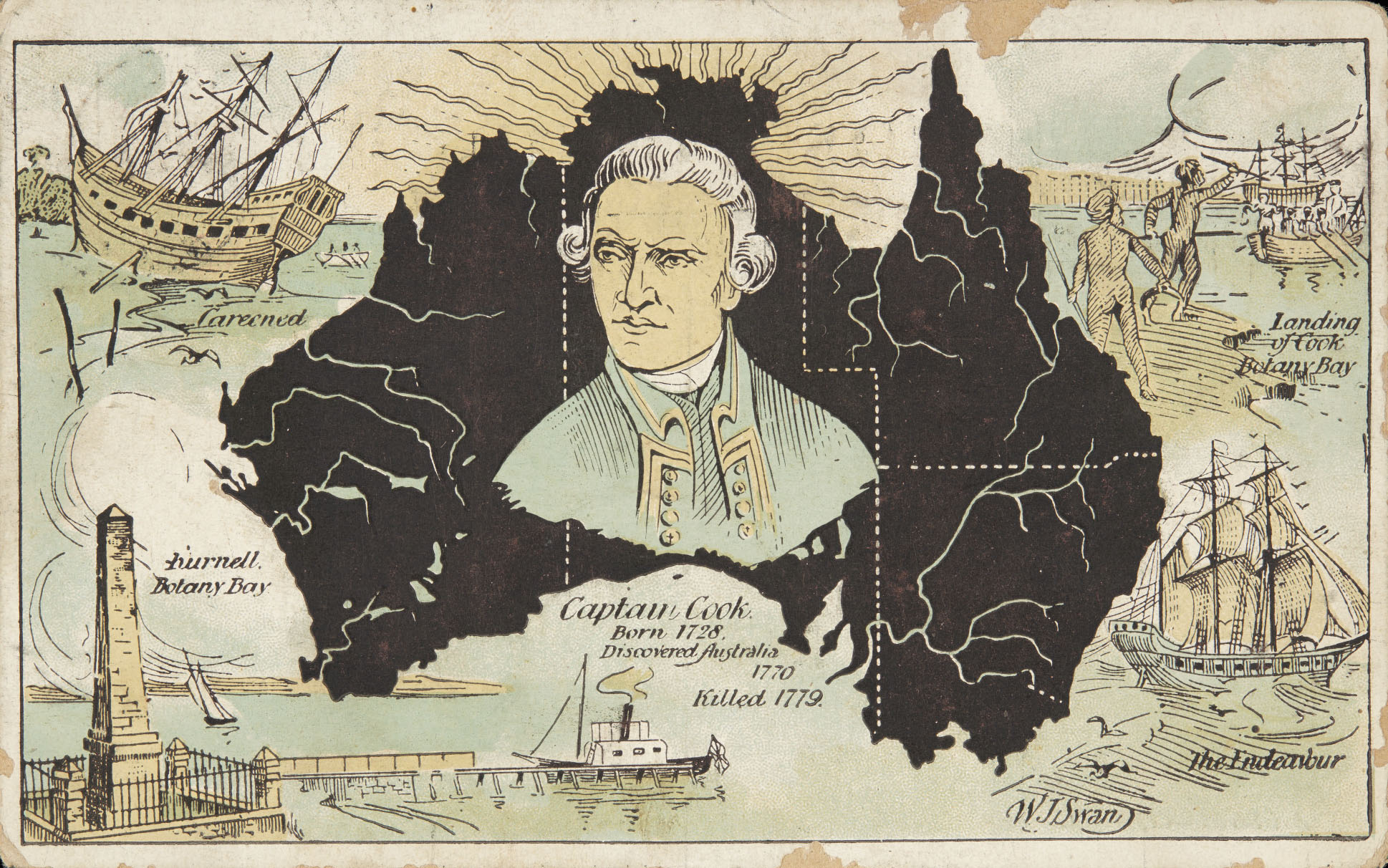
Cook claims Australia Australia’s Defining Moments Digital Classroom National Museum of
See and read James Cook's account of the 'Endeavour's' voyage up the east coast of Australia in 1770.. Images and transcripts kindly supplied by the National Library of Australia. About Cook's journal. During a lengthy sea voyage, the captain of a naval ship would regularly send a copy of the ship's journal back to the Admiralty in London.